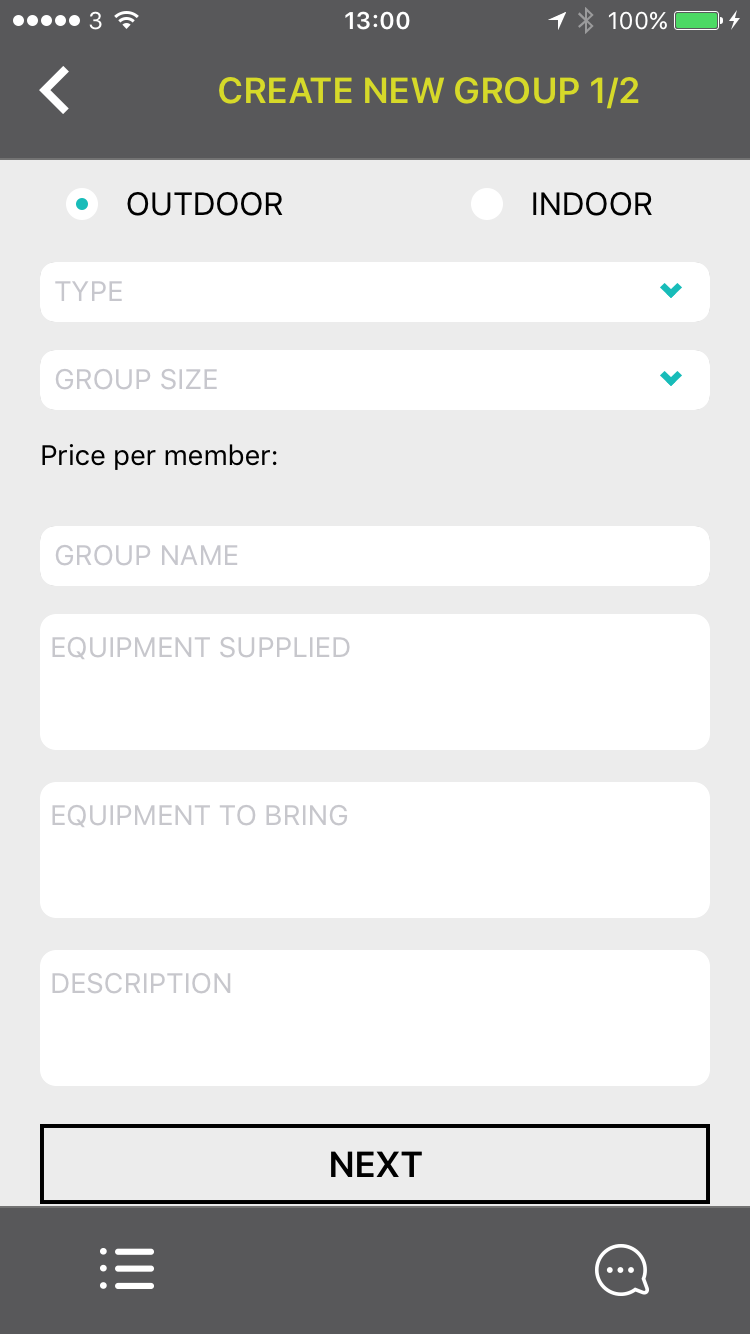Certainly! Reviewing an investment portfolio is an essential exercise for any investor to ensure that their investment strategy aligns with their financial goals, risk tolerance, and market conditions. Here’s a structured approach to reviewing your portfolio:
Define Your Goals: Begin by clarifying your financial goals. Are you investing for retirement, education, a house, or other objectives? The timeline for reaching these goals will influence your asset allocation and risk tolerance.
Assess Asset Allocation: Review the distribution of your assets across different categories such as stocks, bonds, real estate, and cash. The right allocation should match your risk tolerance and time horizon. Younger investors might prefer a higher allocation in equities for growth, while older investors might focus more on preserving wealth with bonds and cash.
Diversification: Ensure your investments are diversified not just among asset classes but also within them. Consider factors like sector, geographic location, and style (growth vs. value). Diversification can protect your portfolio from volatility in specific areas.
Performance Review: Analyze the performance of each asset within your portfolio. Measure returns against appropriate benchmarks to determine if your investments are performing well. However, remember that short-term underperformance should not be a sole reason for concern.
Risk Evaluation: Reassess your risk tolerance. Are you comfortable with the current level of volatility and potential losses? Adjust your portfolio if your risk tolerance has changed or if you’re experiencing significant anxiety over market fluctuations.
Tax Efficiency: Examine the tax implications of your investments. Opt for tax-efficient funds or consider placing high-tax investments in tax-advantaged accounts like IRAs or 401(k)s to minimize your tax burden.
Fees and Costs: Check the fees associated with your investments. High fees can significantly reduce net returns over time. Look for cost-effective investment options and consider switching from high-fee mutual funds to low-cost ETFs or index funds if necessary.
Rebalancing Needs: Regularly rebalance your portfolio to maintain your target asset allocation. This may involve selling high-performing assets and buying lower-performing ones, which can be counterintuitive but helps maintain discipline and potentially reduces risk.
Stay Informed: Keep abreast of economic and market developments that might impact your portfolio. However, avoid overreacting to short-term market news or volatility.
Consult a Professional: If you feel overwhelmed by the evaluation process or your portfolio is complex, consider consulting a financial advisor for a professional opinion. They can offer personalized advice that takes your unique circumstances into account.
By systematically reviewing your portfolio with these steps, you’ll be better positioned to make informed adjustments, ensuring your investments continue to support your financial ambitions effectively.

No responses yet